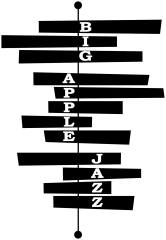New York City, NY
Blues Vs. Jazz: What’s the Difference and Why It Matters
Blues Vs. Jazz: What’s the Difference and Why It Matters
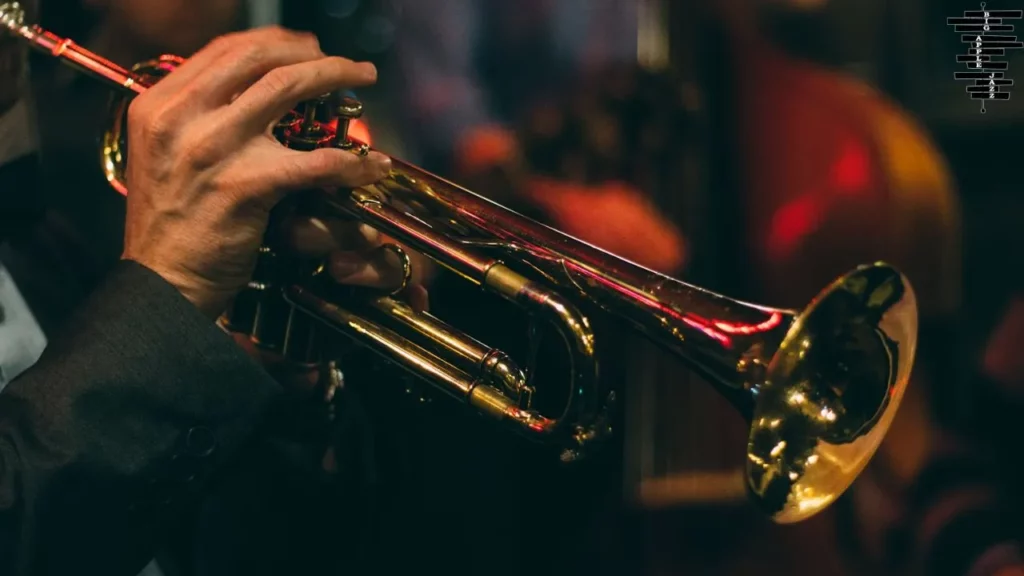
Blues and jazz are two of the most influential music genres in the history of music. While they share deep cultural roots, blues vs jazz differ in musical styles, structure, rhythm, instrumentation, and performance style.
Whether you’re a musician or a casual listener, knowing the difference in jazz vs blues helps you appreciate their unique sounds and rich history.
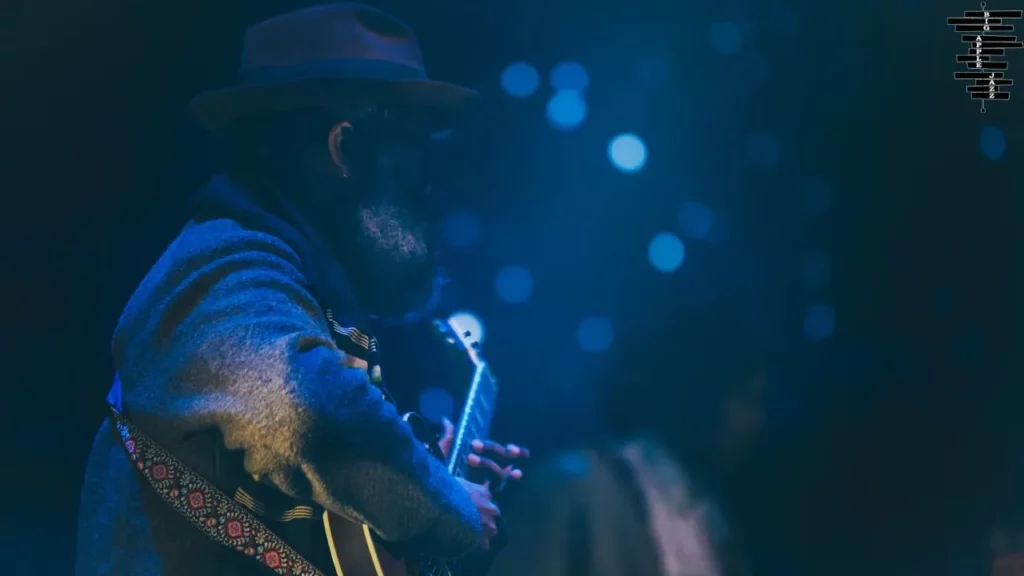
Understanding the Key Differences Between Blues and Jazz
Origins and Cultural Background
If you’re wondering about the emergence of blues music vs jazz, the blues emerged in the late 19th century in the Deep South (Lower South), particularly in Mississippi and Louisiana.
This genre was deeply connected to African American experiences, work songs, and spirituals. Early blues was often played solo, mostly featuring a guitar and raw, emotional vocals.
Jazz, on the other hand, was born in New Orleans in the early 20th century. It combined blues elements with marching band music, ragtime, and African rhythms.
Unlike blues, jazz was developed as an ensemble-based music, allowing musicians to engage in complex improvisation and musical interaction. Nonetheless, both blues and jazz have similar cultural origins.
Musical Structure and Improvisation
One of the biggest differences in blues vs jazz is their musical structure and performance techniques. Blues follows a 12-bar chord progression, typically using the I-IV-V chords. This simple structure makes it accessible, allowing the lyrics and melodies to shine.
Jazz features extended chord progressions, key changes, and intricate harmonies, making it more complex than most other genres, including blues. Jazz musicians often build their solos around scales, modes, and rhythmic variations.
Both blues and jazz encourage the scope for improvisation, although in slightly different ways. Blues solos focus on emotion, with bent notes and expressive phrasing. Guitarists often rely on the blues scale to craft solos that tell a story.
Jazz solos are often more technical, using fast note runs, modal shifts, and harmonic substitutions to create intricate improvisations.
Instrumentation and Performance Style
Jazz vs blues differ in the type of instruments used as well as how the musical pieces are performed.
Blues being simple, blues bands usually have a simpler setup too as compared to jazz bands. Common blues music instruments include:
- Electric or acoustic guitar
- Harmonica
- Piano
- Bass guitar
- Drums
Jazz bands, on the other hand, include a wider range of instruments. Common jazz music instruments include:
- Saxophone, trumpet, and trombone (common in jazz ensembles)
- Piano (often plays complex chord voicings)
- Double bass or electric bass
- Drums and percussion (jazz drummers use intricate rhythms)
- Clarinet and vibraphone (sometimes featured in jazz)
Blues musicians often follow a soloist-backed structure, where the singer or lead guitarist takes the spotlight while the band provides rhythm.
Jazz bands engage in more interactive play, with musicians “trading” solos and building on each other’s ideas. This makes ensemble interaction another key difference between blues and jazz.
Emotional Themes and Storytelling
Blues music vs jazz music are generally created based on different emotional themes. Blues lyrics focus on personal emotions, struggles, and life experiences. Common themes include heartbreak, loss and sorrow, hardships and resilience, or love and longing.
Jazz, on the other hand, is often more abstract in its emotional expression. While jazz has lyrical songs, many jazz performances are mostly instrumental, leaving emotion to be conveyed through the harmony, melody, and rhythm rather than lyrics.
Blues vs Jazz in Modern Music
Both blues and jazz have significantly influenced genres like rock, pop, R&B, and hip-hop. While blues played a key role in the creation of rock and roll, jazz played a key role in forming funk, fusion, and soul.
Jazz is still widely performed in intimate jazz clubs and concert halls, while blues remains more of a favorite in bars, juke joints, and blues festivals. Both genres continue to evolve consistently, inspiring new generations of musicians.
Explore Jazz Firsthand – Recommended Jazz Tours
If you want to experience jazz in a live setting (which you should!), check out these fantastic jazz tours!
1. Harlem Juke Joint Tour
Step into the heart of Harlem’s jazz culture, visiting legendary juke joints and experiencing live performances in an authentic, intimate setting. A must for jazz lovers!
Book the Harlem Juke Joint Tour
2. Legends of Jazz Tour
This tour takes you through some of the most historic jazz spots in New York, where you’ll learn about jazz icons and their contributions to the genre. A great way to dive into New York’s jazz legacy.
Explore the Legends of Jazz Tour
3. Greenwich Village Jazz Crawl
Experience jazz in one of New York’s most vibrant neighborhoods! This tour takes you to different jazz clubs in Greenwich Village, offering a mix of traditional, modern, and experimental jazz performances.
Join the Greenwich Village Jazz Crawl
Whether you love blues or jazz, seeing a live jazz performance in New York is an unforgettable experience.
Conclusion
Both blues and jazz have shaped modern music, each offering its own unique sound, rhythm, and emotional depth.
Considering blues vs jazz, blues delivers raw emotion, storytelling, and simplicity, while jazz captivates with technical improvisation, ensemble interaction, and harmonic complexity.
If you love soulful music with heartfelt lyrics, blues might be your style. If you enjoy complex arrangements, free-flowing solos, and rich harmonies, jazz could be your perfect match.
Want to experience jazz up close? Join a New York jazz tour and immerse yourself in the live music scene that keeps jazz alive today.
Big Apple Jazz Tours is the best tour operator in New York City, with over 25 years of experience with Greenwich Village and Harlem’s jazz scene. Here’s your answer to “jazz clubs near me” in New York City.
Book private jazz tours or the perfect group tours to get the best experiences that extend much beyond jazz. Explore only the best jazz tours and book a jazz tour now!
Related Blogs
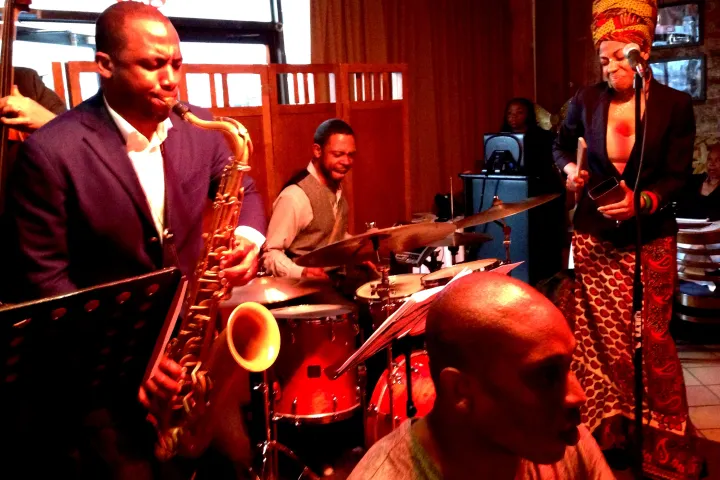
Harlem Juke Joint Tour
Your Harlem jazz tour guide customizes the best itinerary for each given night, based on the most talented players in Harlem’s most exciting jazz clubs.
185 Reviews

Harlem Juke Joint Tour
Your Harlem jazz tour guide customizes the best itinerary for each given night, based on the most talented players in Harlem’s most exciting jazz clubs.
185 Reviews
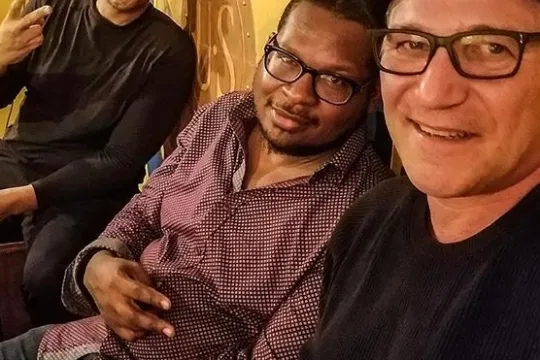
Private Tour
We’ll design your private jazz tour based on your tastes and our extensive knowledge of musicians, clubs and speakeasies throughout the city. We know what is happening nightly on and off-the-beaten-path.
185 Reviews

Private Tour
We’ll design your private jazz tour based on your tastes and our extensive knowledge of musicians, clubs and speakeasies throughout the city. We know what is happening nightly on and off-the-beaten-path.
185 Reviews
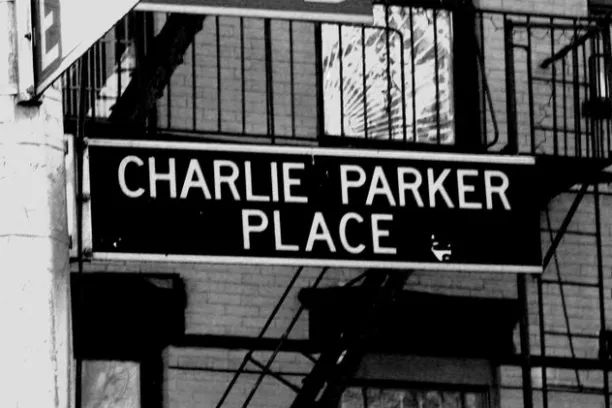
Greenwich Village Jazz Crawl
Intimate Greenwich Village Jazz Tour to discover and explore two hidden jazz haunts and the sites where Billie Holiday, Charlie Parker, and Bob Dylan made history.
185 Reviews

Greenwich Village Jazz Crawl
Intimate Greenwich Village Jazz Tour to discover and explore two hidden jazz haunts and the sites where Billie Holiday, Charlie Parker, and Bob Dylan made history.
185 Reviews
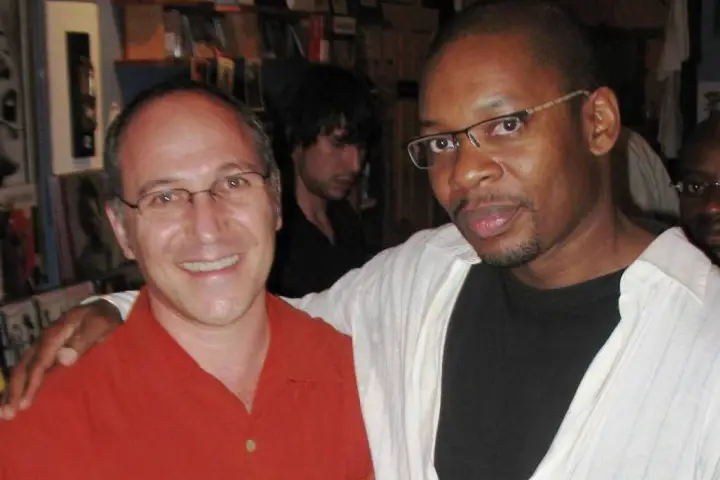
Legends of Jazz Tour
This is our premium tour! It features jazz’s international superstars, and also rising stars who deserve wider recognition.
185 Reviews

Legends of Jazz Tour
This is our premium tour! It features jazz’s international superstars, and also rising stars who deserve wider recognition.
185 Reviews

Gordon Polatnick
Gordon is the founder of Big Apple Jazz Tours. What started as a personal challenge to discover and document all of New York’s hundreds of jazz joints and to establish Harlem’s first jazz day club, has now blossomed…
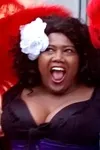
Amanda Humes
There’s no one in New York City like Amanda! Equal parts sass, smarts, and customer service – Amanda is the Harlem resident, Columbia University graduate, and…
